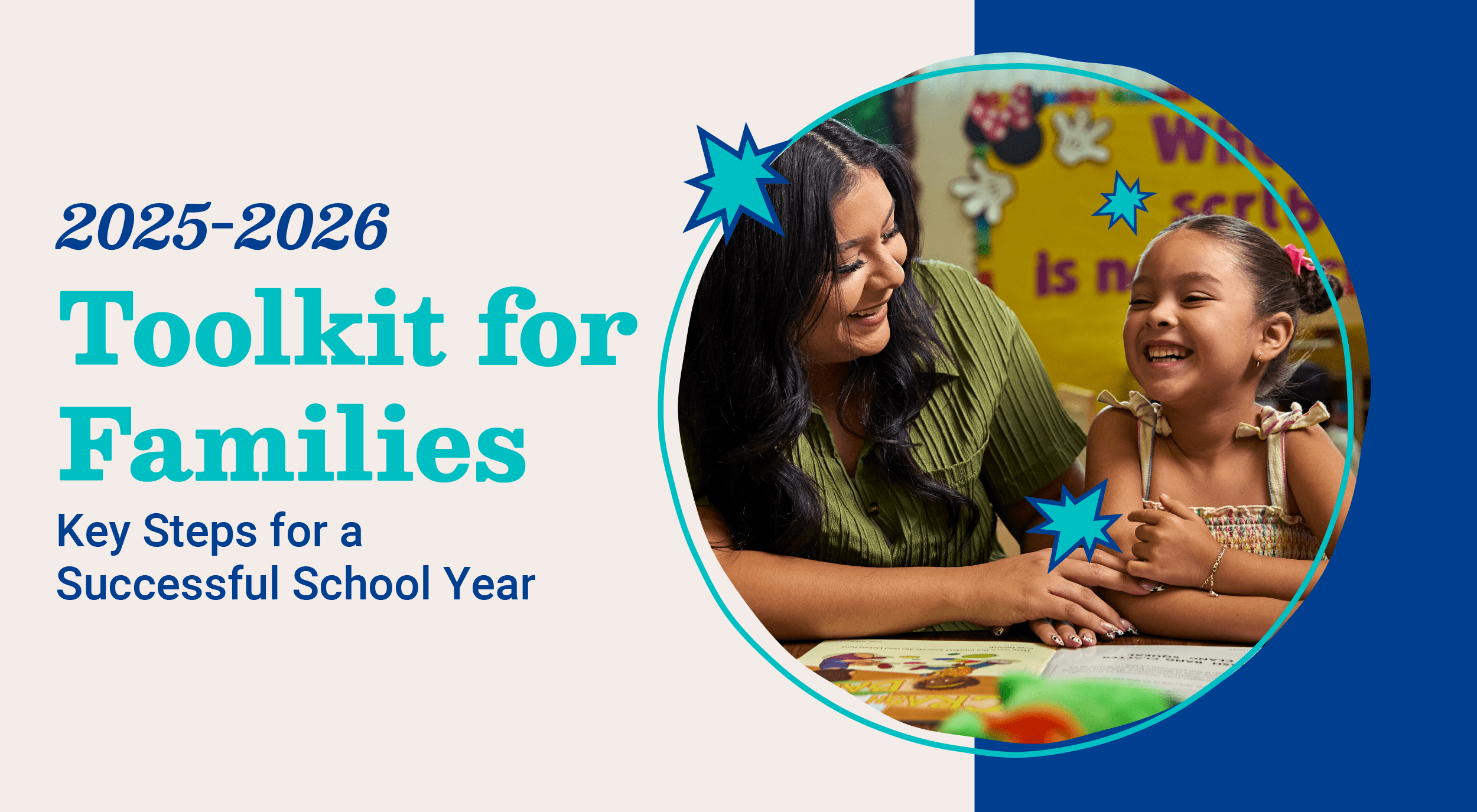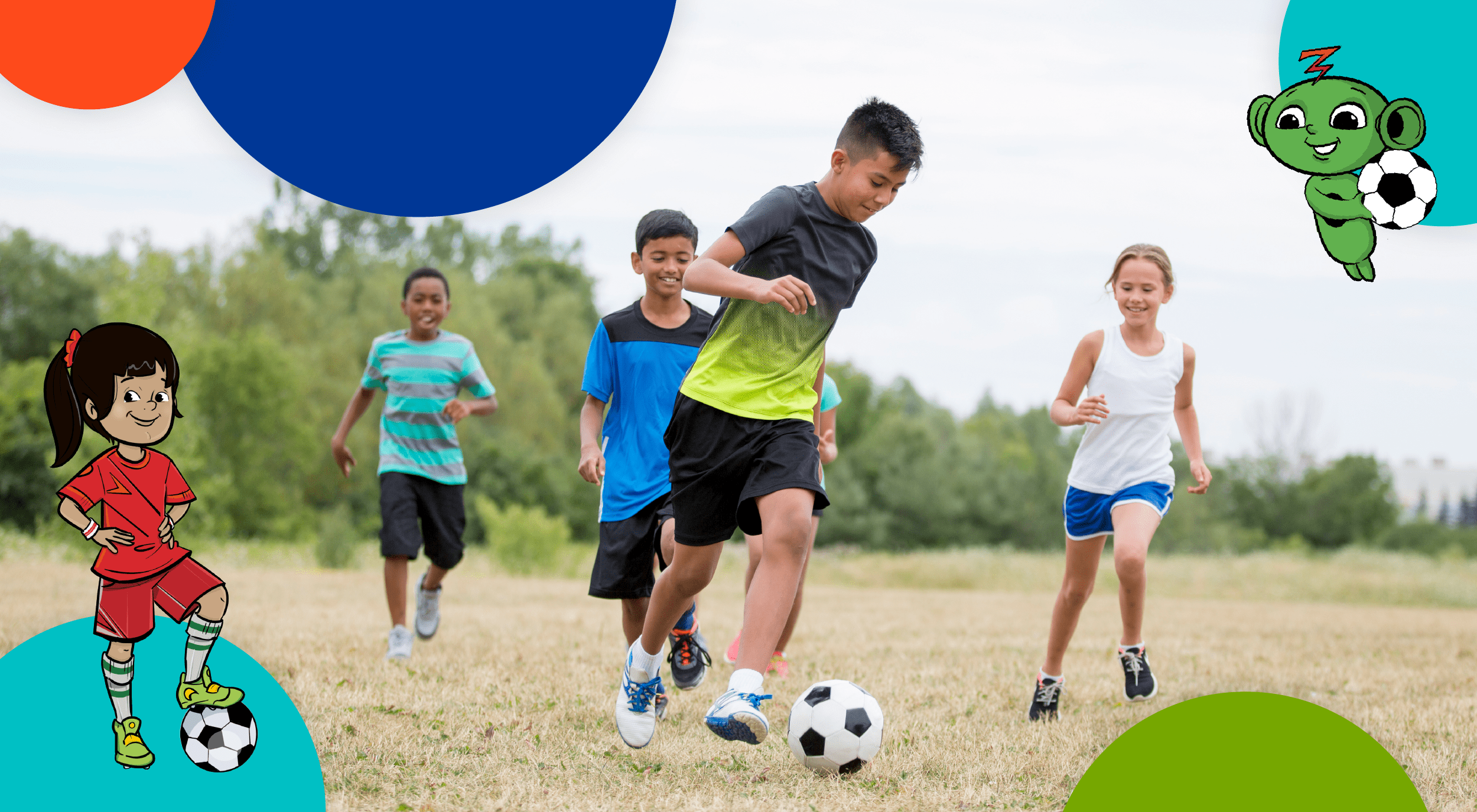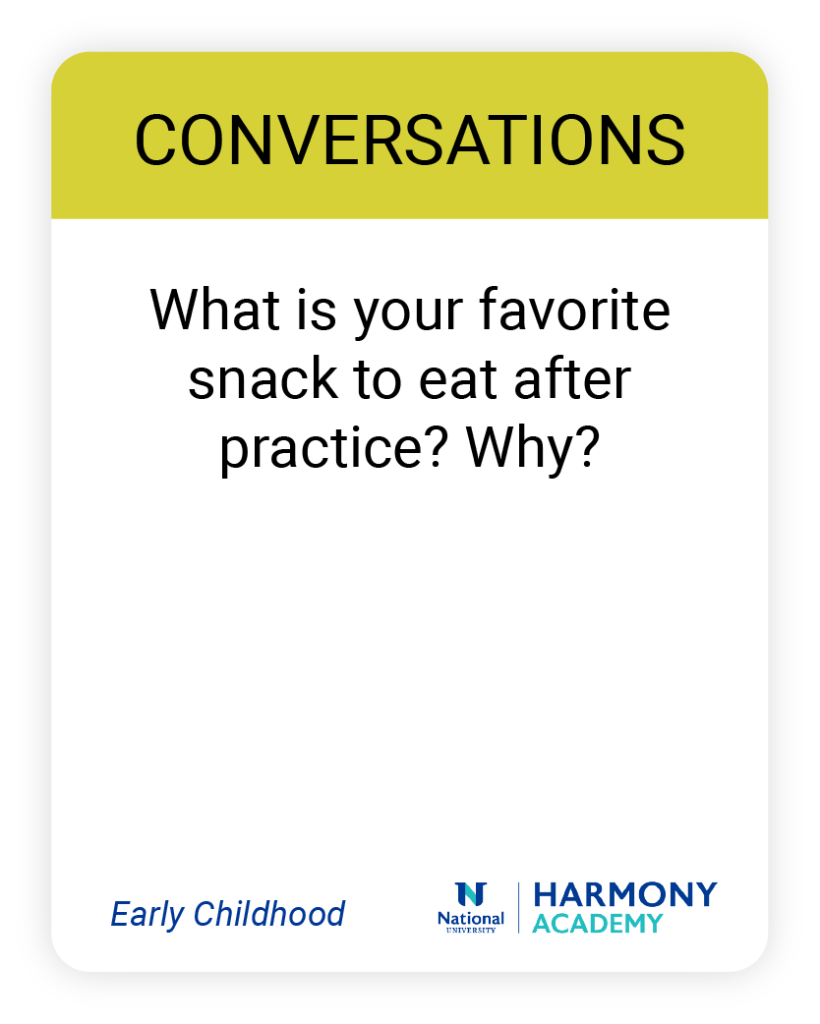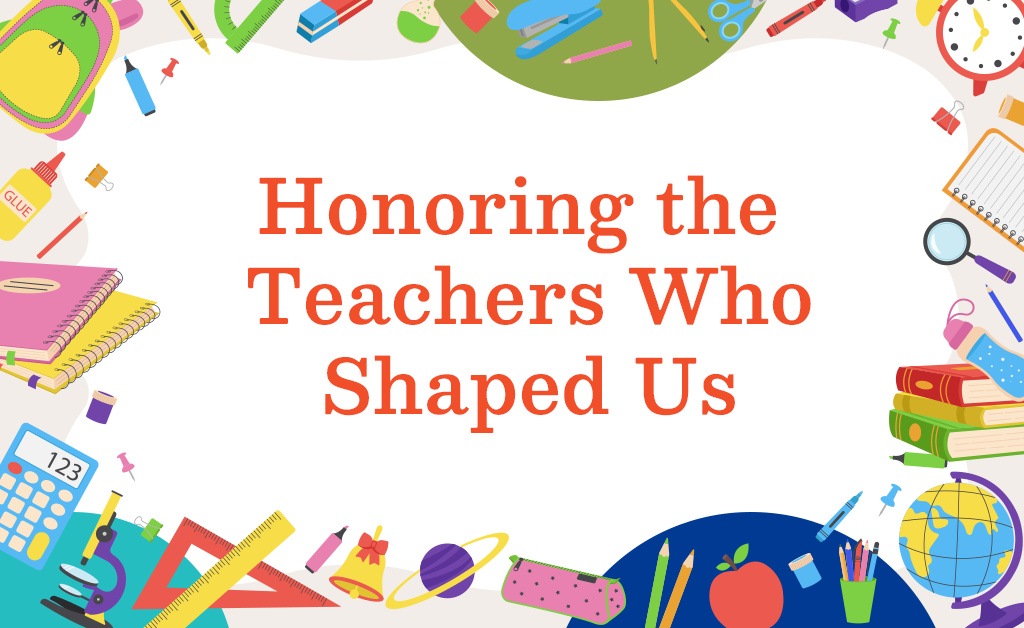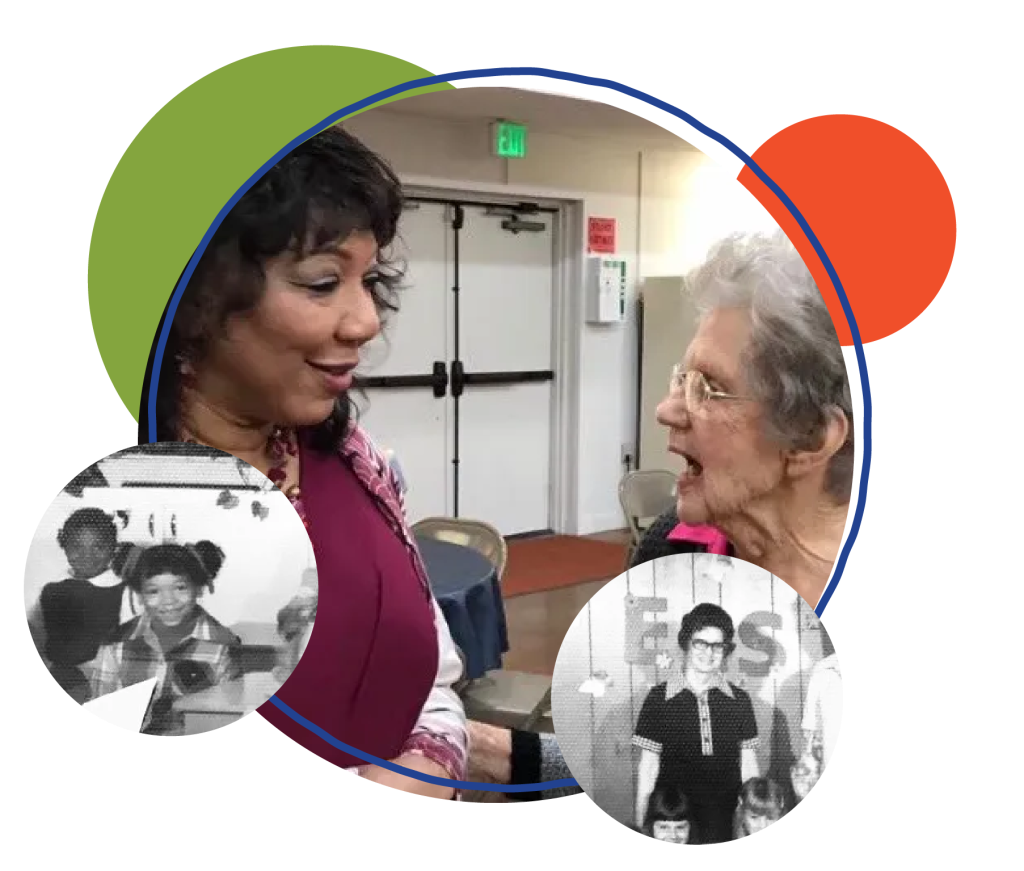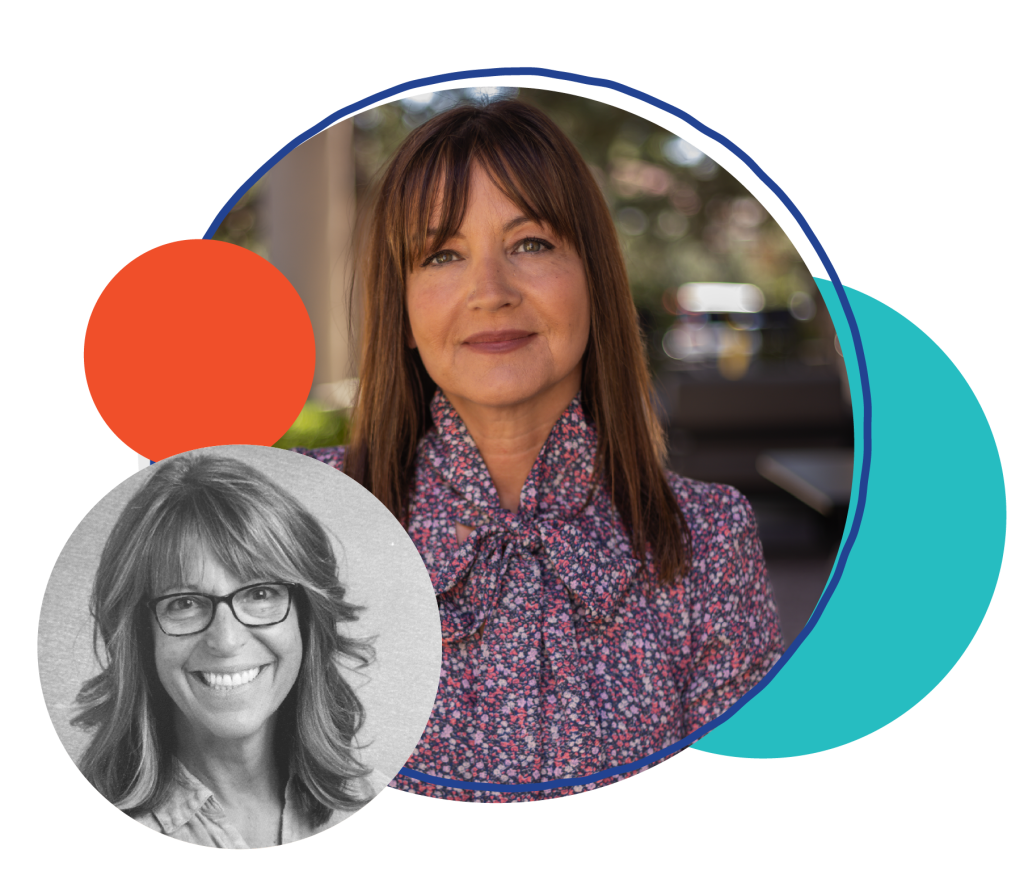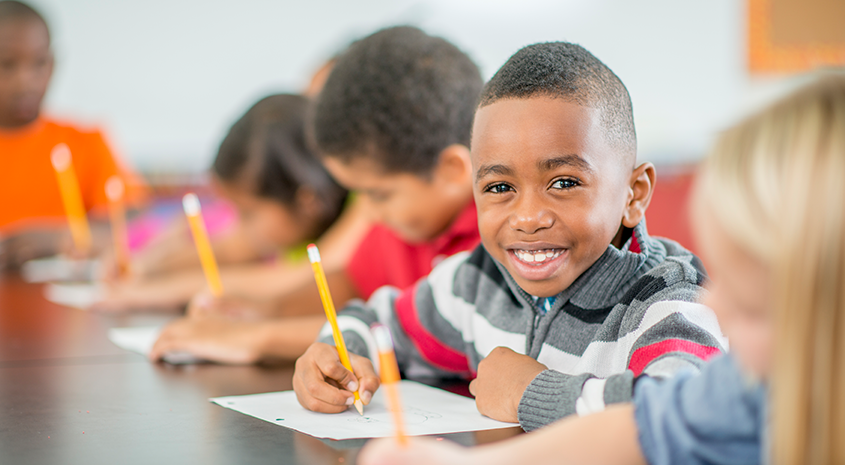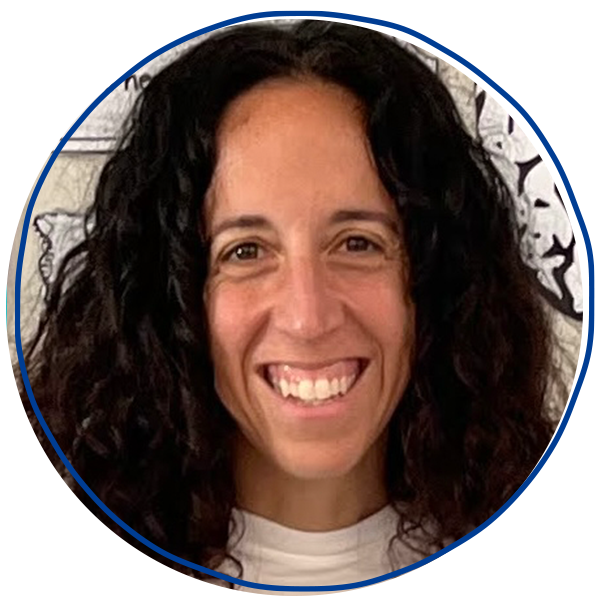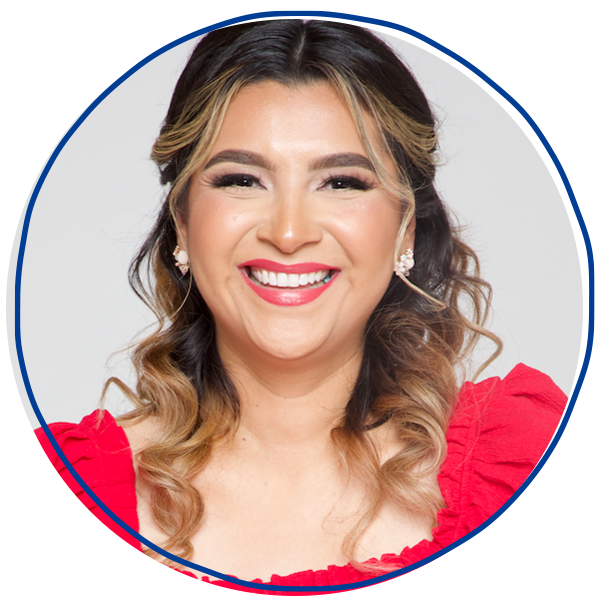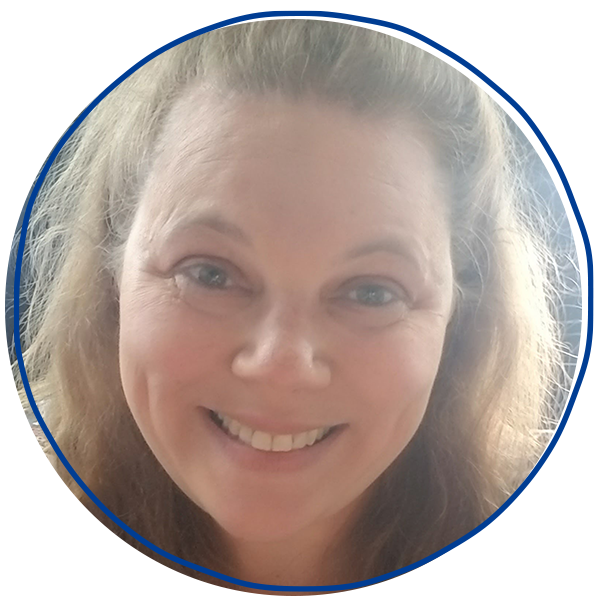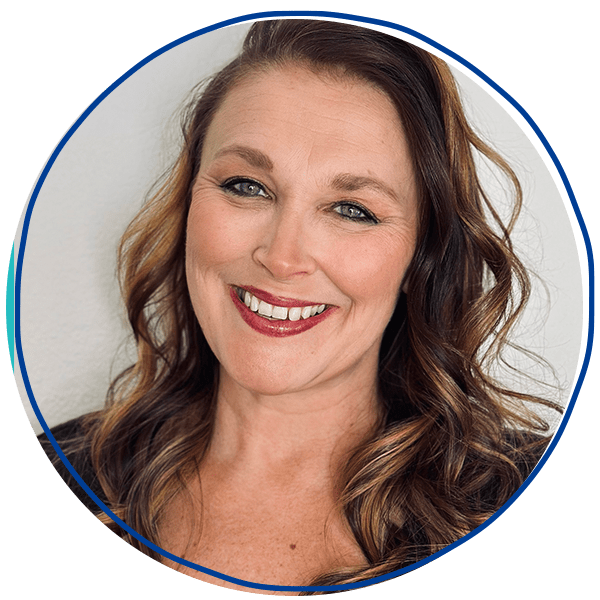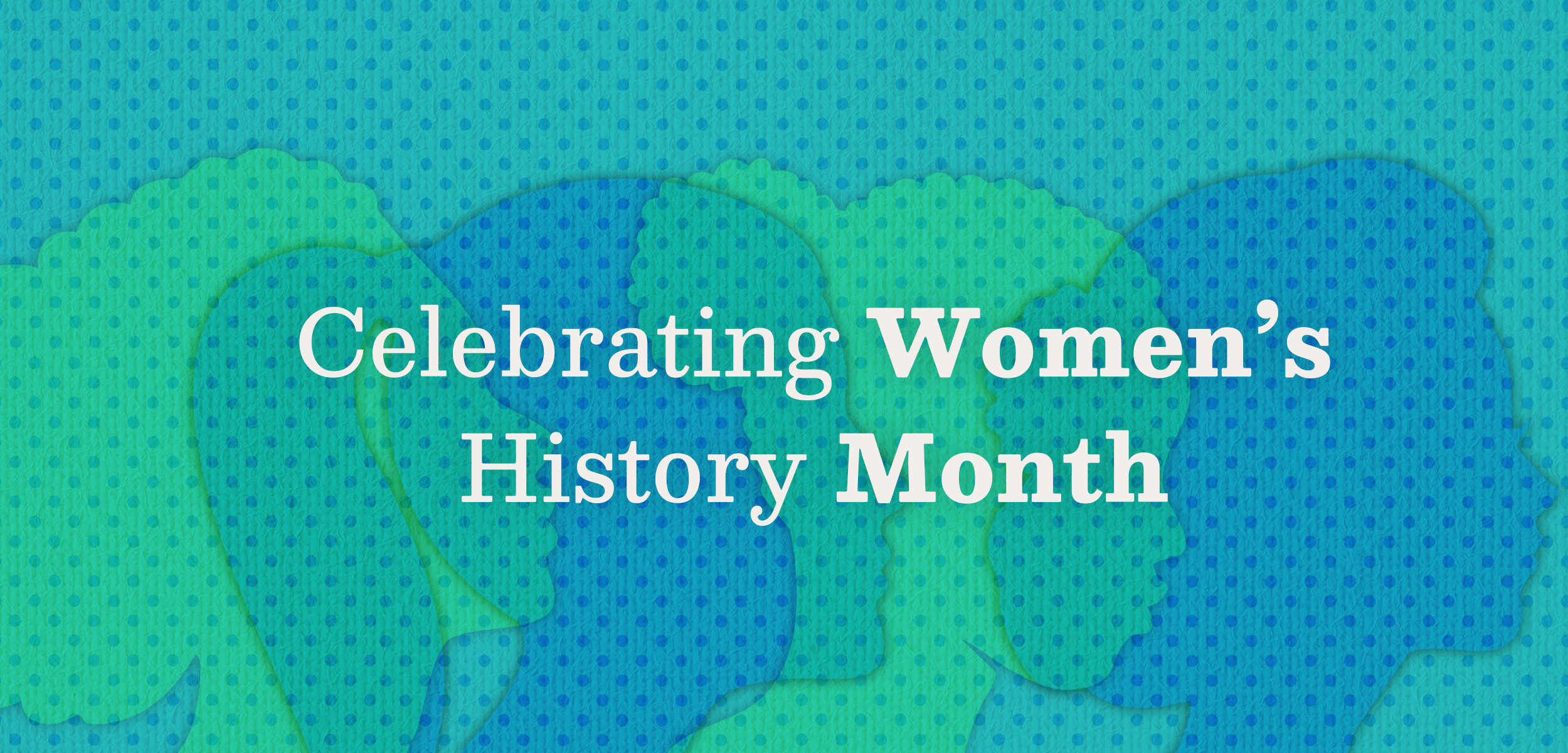
Classroom Joy By Design
By Pamela McVeagh-Lally, MSEd
Education Non-Profit Consultant
“One must nurture the joy in one’s life so that it reaches full bloom.” – Maya Angelou
Many of us approach a new year by “resetting” goals and expectations in our classrooms and homes, using the calendar to instigate a fresh start or commit to resolutions. But what if we used the promise of the new year to intentionally cultivate joy for ourselves and our students? Most of us would welcome more joy in our lives in these times of uncertainty and conflict and it’s possible to design our classroom experiences with joy in mind.
Joy as a Way of Being
While joy is often thought of as fleeting and brought on by external circumstances, in The Book of Joy: Lasting Happiness in a Changing World, Archbishop Desmond Tutu and the Dalai Lama posit that joy is a state of mind and heart — a way of being that doesn’t deny challenges and difficulties but rather embraces compassion and acknowledges our connectedness. Research provides multiple definitions of joy, with University of Cambridge scholar, Matthew Kuan Johnson, offering this helpful interpretation: “joy involves a state of positive affect, in which one experiences feelings of freedom, safety, and ease” (2019, p.6).

Joy facilitates our goals as educators, helping effective learning and development to take place.
Johnson cites research that joy provides children with,“the opportunity to learn new cognitive and behavioral skills and forge new social relationships and skills, which enhances resilience to future obstacles . . .” (2019, p. 6). In further support for creating joyful classroom environments, experiences that spark relational joy — moments shared by educators and their students — help to build connection and collective well-being (Karjalainen, et al., 2019).
Creating Joy-Nurturing Conditions
However we choose to define it, we can invite joy into our learning spaces by modeling a joyful state of mind and creating what I like to call joy-nurturing conditions.
It’s easy to be intimidated by the task given the challenges we and our students experience every day. But inviting joy does not need to be elaborate. It can be as simple as asking students what makes them feel free, safe, and at ease and working to incorporate their responses into your routines. In my own homeschool classroom, my children and I focus on micro-moments of joy, like having an impromptu dance party to celebrate even the tiniest win or taking a break to have ”poetry tea time” where they choose the poems we read. Below, you’ll find examples of the ways the Harmony Educator Advisory Group create joy-nurturing conditions and design for joy in their own classrooms . . .
We invite you to hear the classroom joy from across the nation!
“It’s easy to find joy in an elementary classroom. Many classrooms feel like a family — a place where students experience a true sense of belonging, feeling accepted, included, and safe. This supportive environment sets the stage for students to take risks and form meaningful connections to their learning. Joy is often seen and heard in those powerful moments when a student makes a breakthrough or when something they’ve been working hard on finally clicks. In those moments, learning feels like fireworks!” – Randi Peterson, Elementary Curriculum Developer, Bellevue School District
“I have seen the most joy from my students when they are collaborating and connecting with one another. It brings me true joy to listen and watch my students have genuine discussions during our turn and talks, and the excitement that they show while sharing with their classmates during our morning meeting. In our classroom we celebrate one another’s accomplishments, cheer one another on, and are each other’s biggest supporters.” – Aimee Gallant, 1st Grade Teacher, Hopewell City Public Schools
“The purest joy in my classroom isn’t seeing an A+; it’s watching the immediate, practical success of the Harmony Curriculum. It’s the collective sound of children truly connecting. There is nothing better than watching students execute the ‘Team Manuel Handshake’ during morning Meet Up, taking turns listening without interruption, and genuinely leaning in for the discussion cards. When the music starts, they eagerly find their partners for the movement activity — that is the sound ofempathy coming to life, laughing and sharing together. Their smiles are the sound of pure joy that makes teaching truly come alive.” – Anderson Manuel, 1st Grade Teacher, Sudbury Public Schools
“Each school year, building a nurturing classroom community sparks joy. A safe and caring learning environment is essential if we want our students to thrive. Relationship-building takes time and practice. As educators, when we provide students with opportunities to interact with each other, they develop positive attitudes and healthy relationships—fostering empathy, understanding, and caring.” – Sharyn Kang, 3rdGrade Teacher, Chula Vista Elementary School District
“In my classroom, JOY is everywhere! When I think of joy in my students and the community we’ve built, I think of affirmations. Our Harmony Class Goals (our class promises) are written as affirmation statements. We have an Affirmation Station, which is a mirror in the corner with affirmations around it for students to say to themselves, like “I am creative!” and “I am brave!”, and every single morning, we start the day together with an affirmation song. This not only sets the tone for the day, but for the entire school year! Affirmations lead to self-love, confidence, compassion, and support for each other. We celebrate what makes us unique and build upon those strengths!” – Josie McClain, 2nd grade teacher, Paloma Elementary School District
Works Cited
Dalai Lama, & Tutu, D. (2016). The book of joy: Lasting happiness in a changing world. (D. Abrams, Ed.). Avery.
Johnson, M. K. (2019). Joy: a review of the literature and suggestions for future directions. The Journal of Positive Psychology, 15(1), 5–24. https://doi.org/10.1080/17439760.2019.1685581
Karjalainen, S., Hanhimäki, E., & Puroila, A. M. (2019). Dialogues of joy: Shared moments of joy between teachers and children in early childhood education settings. International Journal of Early Childhood, 51(2), 129–143. https://doi.org/10.1007/s13158-019-00244-5



